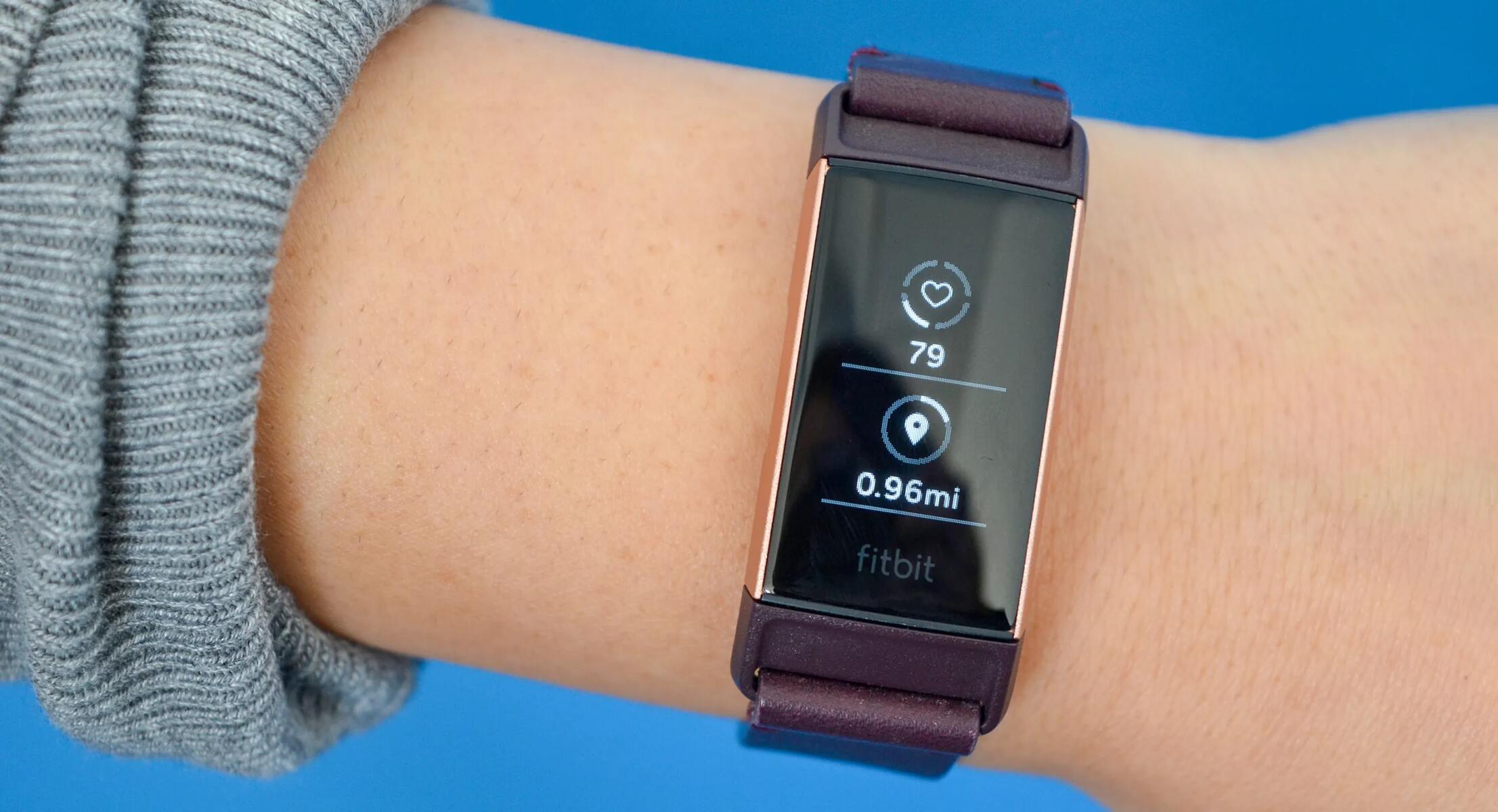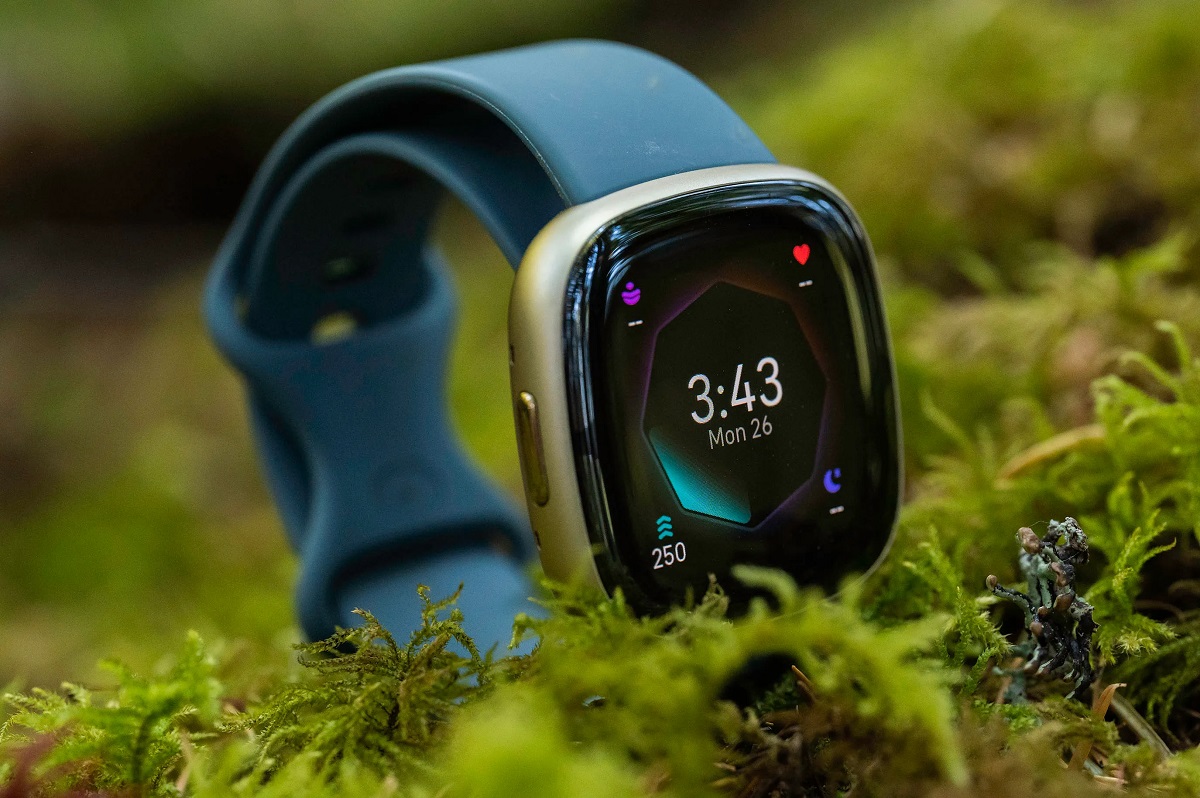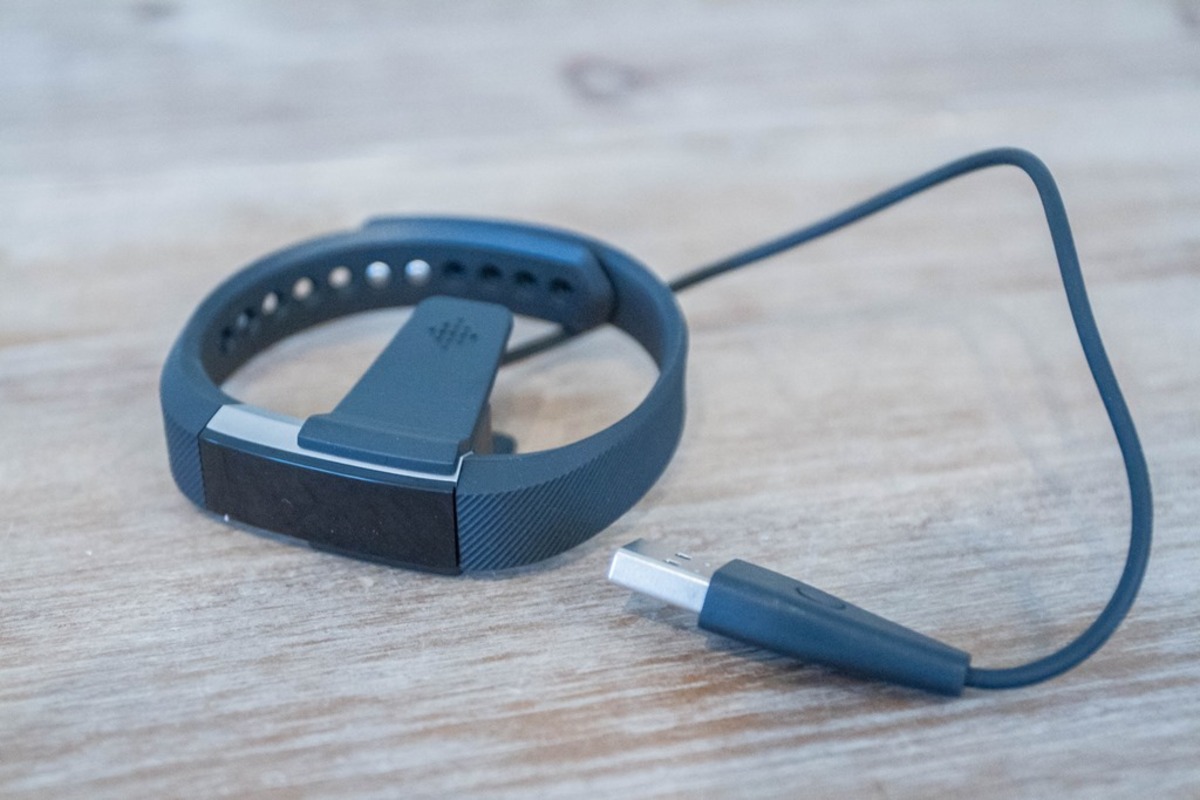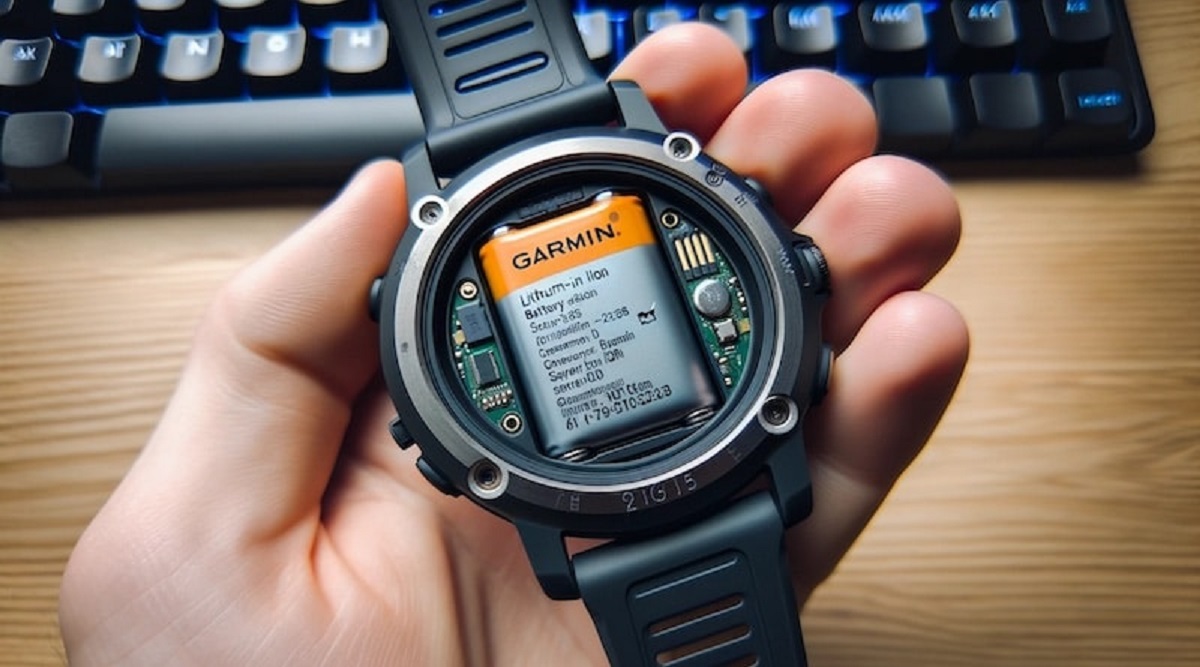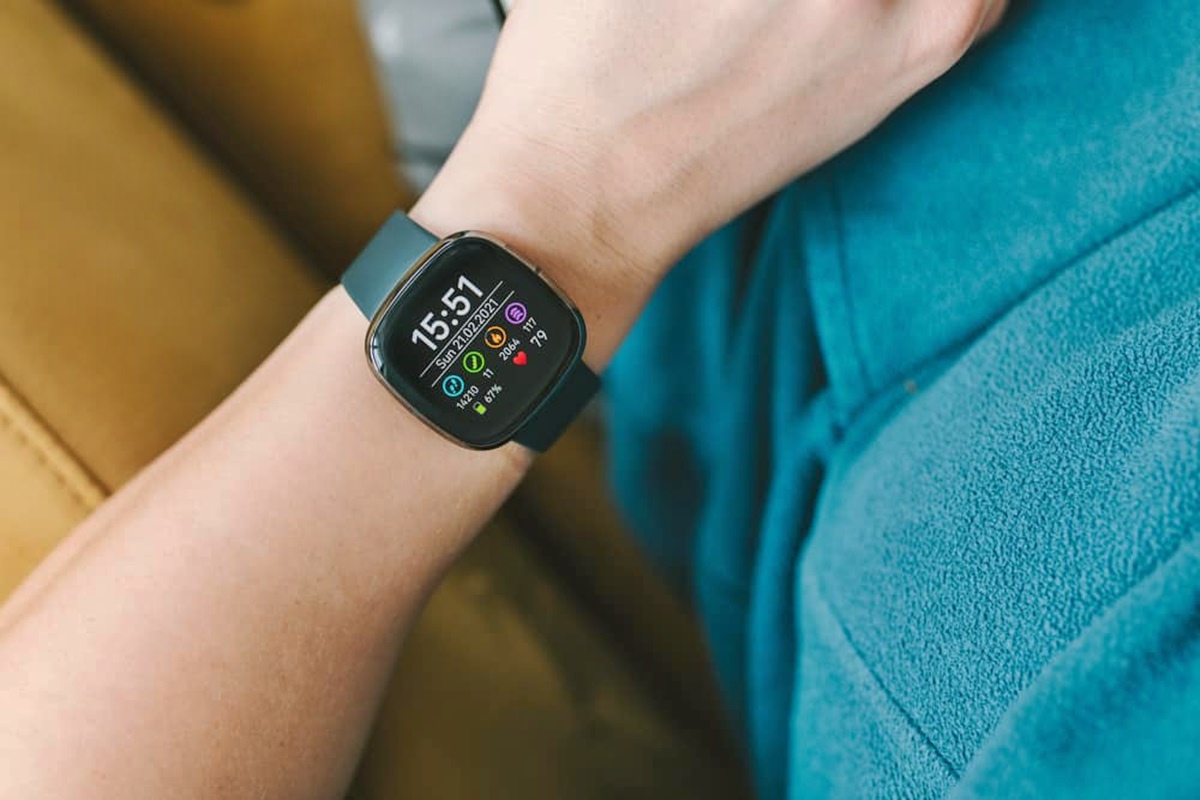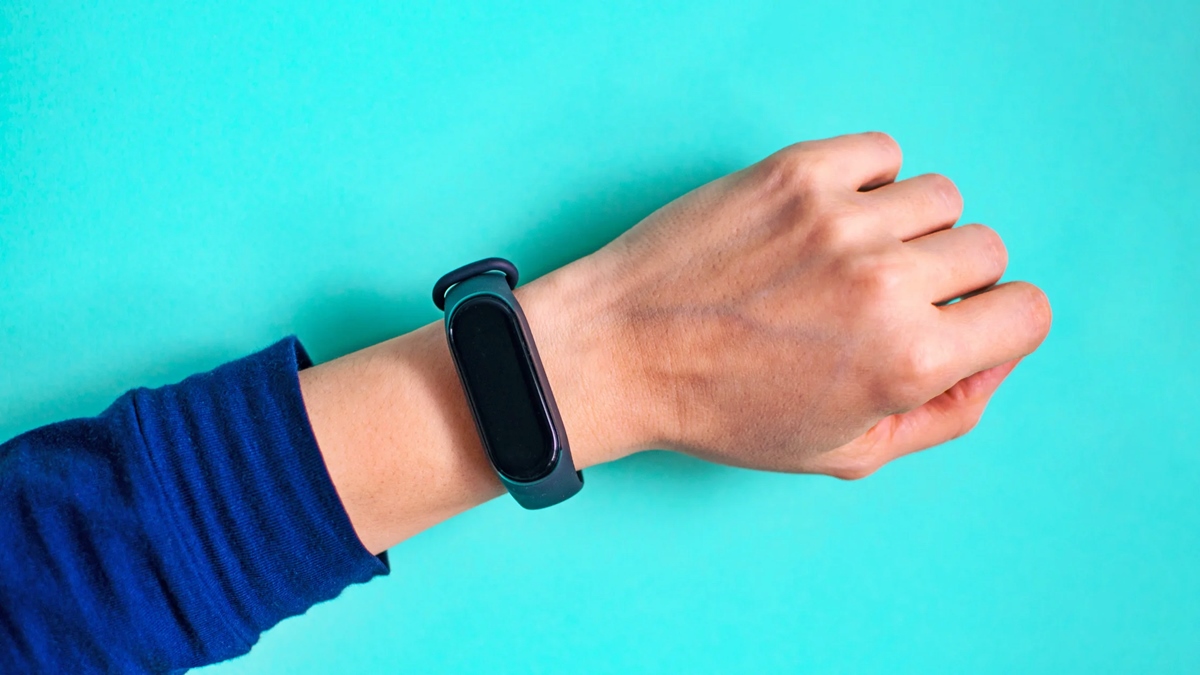Introduction
Wearable technology has revolutionized the way we monitor and improve our health and fitness. Among the myriad of wearable devices, Fitbit has emerged as a popular choice for tracking physical activity, exercise, sleep, and other health metrics. To ensure uninterrupted usage, it's crucial to understand the charging process and how long it takes to power up your Fitbit device fully.
Understanding the nuances of Fitbit charging is essential for users to seamlessly incorporate this routine into their daily lives. From Fitbit Versa to Fitbit Charge, each model comes with its own unique charging requirements and capabilities. Whether you're a fitness enthusiast, a health-conscious individual, or someone looking to stay connected to their wellness journey, knowing the ins and outs of Fitbit charging is vital.
In this article, we will delve into the intricacies of estimating the time Fitbit takes to charge. By exploring the factors that influence charging duration and providing practical tips for faster charging, you'll be equipped with the knowledge to optimize the charging process for your Fitbit device. So, let's embark on this insightful journey and unravel the mysteries of Fitbit charging, empowering you to make the most of your wearable technology experience.
Understanding Fitbit Charging
Fitbit devices are equipped with rechargeable batteries that power their functionality, enabling users to seamlessly track their health and fitness metrics. The charging process for Fitbit devices involves connecting the device to a compatible charging cable, typically provided with the purchase of the device. Depending on the Fitbit model, the charging cable may feature a unique design tailored to the specific device, ensuring a secure and efficient connection.
Fitbit devices utilize various charging methods, such as magnetic charging or USB-based charging, to replenish their battery life. The magnetic charging mechanism, employed in models like the Fitbit Versa, offers a convenient and secure attachment between the charging cable and the device. On the other hand, USB-based charging, featured in models like the Fitbit Charge, involves connecting the device to a USB port for power replenishment.
Understanding the nuances of Fitbit charging not only involves the physical connection between the device and the charging cable but also encompasses the indicators and notifications that accompany the charging process. When a Fitbit device is connected to the charging cable, it may display visual cues, such as battery icons or LED lights, to signify the charging status. These indicators serve as valuable prompts for users, offering insights into the progress of the charging cycle and the current battery level.
Moreover, Fitbit devices often incorporate advanced features to enhance the charging experience. For instance, some models are equipped with rapid charging capabilities, allowing users to power up their devices swiftly, thereby minimizing downtime. Additionally, Fitbit devices may provide notifications or on-screen prompts to alert users when the battery is running low, prompting them to initiate the charging process in a timely manner.
In essence, understanding Fitbit charging entails familiarity with the physical connection, charging indicators, and any additional features that contribute to a seamless and efficient charging experience. By grasping the intricacies of Fitbit charging, users can effectively integrate this essential aspect into their daily routine, ensuring that their Fitbit device remains powered and ready to accompany them on their health and fitness journey.
Factors Affecting Charging Time
The charging time of a Fitbit device is influenced by various factors, each playing a pivotal role in determining the duration required to replenish the battery. Understanding these factors is crucial for users seeking to optimize the charging process and minimize downtime. Let's delve into the key elements that impact the charging time of Fitbit devices:
-
Battery Capacity: The battery capacity of a Fitbit device directly influences its charging time. Devices with larger battery capacities typically require a longer duration to charge fully compared to those with smaller capacities. The battery capacity varies across Fitbit models, with some designed for extended usage between charges, necessitating a relatively longer charging time.
-
Charging Method: The charging method employed by a Fitbit device significantly affects the charging time. Models utilizing rapid charging technology can substantially reduce the time required for a full charge. Conversely, devices that rely on standard charging methods may take longer to replenish their battery, impacting the overall charging duration.
-
Power Source: The power source used for charging, whether it's a high-output USB port, a dedicated wall adapter, or a computer USB port, can influence the charging time. A higher-output power source can expedite the charging process, enabling the device to draw power more efficiently and reduce the overall charging time.
-
Battery Health: The health and condition of the device's battery can impact its charging time. Over time, the battery's capacity may diminish, resulting in a longer charging duration. Additionally, factors such as temperature and usage patterns can affect the overall health of the battery, subsequently influencing the time required for a full charge.
-
Background Processes: Certain Fitbit devices may continue to perform background processes, such as syncing data or updating firmware, while being charged. These processes can consume additional power and extend the charging time. Understanding the impact of background processes on charging duration is essential for users aiming to optimize the charging process.
By taking these factors into account, Fitbit users can gain valuable insights into the nuances of charging time estimation and implement strategies to streamline the charging process. Whether it involves leveraging rapid charging capabilities, optimizing the power source, or maintaining the battery's health, understanding the factors affecting charging time empowers users to make informed decisions and maximize the efficiency of their Fitbit charging experience.
Estimating Fitbit Charging Time
Estimating the charging time for a Fitbit device is a crucial aspect of managing its usage within the context of daily routines and activities. While the actual charging duration can vary based on several factors, including the model of the Fitbit device and the charging conditions, users can employ certain strategies to estimate the time required for a full charge.
Fitbit devices typically provide visual cues and indicators to convey the progress of the charging process. When connected to the charging cable, the device may display battery icons, LED lights, or on-screen notifications to signify the charging status. By observing these indicators, users can gauge the current battery level and track the progression towards a full charge.
Moreover, understanding the battery capacity of the Fitbit device is instrumental in estimating the charging time. Devices with larger battery capacities naturally require a longer duration to charge fully, while those with smaller capacities may reach full charge relatively quickly. By familiarizing themselves with the specific battery capacity of their Fitbit device, users can form a reasonable estimate of the charging duration.
The charging method employed by the Fitbit device also plays a significant role in estimating charging time. Models equipped with rapid charging capabilities can expedite the charging process, allowing users to power up their devices swiftly. Conversely, devices utilizing standard charging methods may entail a longer duration for a full charge, necessitating a different approach to estimating the charging time.
Furthermore, the power source used for charging can impact the estimation of charging time. Leveraging a high-output USB port or a dedicated wall adapter can facilitate faster charging compared to using a computer USB port. Understanding the influence of the power source on charging duration enables users to make informed decisions regarding the most efficient charging environment for their Fitbit device.
In essence, estimating Fitbit charging time involves a combination of observing charging indicators, considering the battery capacity, understanding the charging method, and optimizing the power source. By integrating these elements into the estimation process, users can effectively gauge the time required for a full charge, allowing them to seamlessly incorporate Fitbit charging into their daily routine.
This comprehensive approach to estimating Fitbit charging time empowers users to make informed decisions regarding their device's charging needs, ensuring that their Fitbit remains powered and ready to support their health and fitness endeavors.
Tips for Faster Charging
Efficiently managing the charging process is essential for Fitbit users seeking to minimize downtime and ensure their devices are readily available to support their health and fitness journey. By implementing the following tips, users can expedite the charging of their Fitbit devices, optimizing the overall charging experience.
-
Leverage Rapid Charging Technology: If your Fitbit device is equipped with rapid charging capabilities, take advantage of this feature to significantly reduce the charging time. Rapid charging technology allows the device to replenish its battery at an accelerated pace, enabling users to power up their Fitbit swiftly and efficiently.
-
Optimize the Power Source: Utilize a high-output USB port or a dedicated wall adapter for charging whenever possible. These power sources can facilitate faster charging compared to using a computer USB port. By selecting an optimal power source, users can expedite the charging process and minimize the time required for a full charge.
-
Minimize Background Processes: Before initiating the charging process, ensure that any background processes, such as data syncing or firmware updates, are completed or temporarily disabled. By minimizing background processes during charging, users can allocate maximum power to the battery, expediting the charging duration.
-
Maintain Battery Health: Regularly monitor the health and condition of the Fitbit device's battery. Avoid exposing the device to extreme temperatures and aim to maintain a consistent charging and usage pattern to preserve the battery's health. A healthy battery can facilitate efficient charging, contributing to a faster overall charging experience.
-
Strategic Charging Cycles: Plan charging cycles strategically to align with periods of lower activity or downtime. By initiating the charging process during moments when the device is less actively used, users can optimize the charging duration without interrupting their engagement with the Fitbit device.
By incorporating these tips into their charging routine, Fitbit users can expedite the charging process and ensure that their devices are promptly powered and ready to accompany them on their health and fitness endeavors. These strategies not only contribute to faster charging but also empower users to seamlessly integrate Fitbit charging into their daily lives, enhancing the overall experience of using wearable technology for health and wellness tracking.
Conclusion
In conclusion, the charging process is a fundamental aspect of maintaining the seamless functionality of Fitbit devices, empowering users to stay connected to their health and fitness journey. By understanding the intricacies of Fitbit charging, including the factors influencing charging time and strategies for faster charging, users can optimize their charging experience and ensure that their devices remain powered and ready for use.
Estimating the time Fitbit takes to charge involves a combination of observing charging indicators, considering the battery capacity, understanding the charging method, and optimizing the power source. By integrating these elements into the estimation process, users can effectively gauge the time required for a full charge, allowing them to seamlessly incorporate Fitbit charging into their daily routine.
Furthermore, the tips for faster charging provide actionable strategies for users to expedite the charging process, minimizing downtime and ensuring their Fitbit devices are readily available to support their health and fitness endeavors. Leveraging rapid charging technology, optimizing the power source, minimizing background processes, maintaining battery health, and strategically planning charging cycles can collectively contribute to a faster and more efficient charging experience.
As wearable technology continues to play a pivotal role in health and fitness monitoring, the charging process remains a crucial aspect of the overall user experience. Fitbit users are encouraged to leverage the insights provided in this article to enhance their understanding of Fitbit charging, empowering them to seamlessly integrate this essential aspect into their daily lives.
Ultimately, by embracing the nuances of Fitbit charging and implementing best practices for estimating charging time and expediting the charging process, users can ensure that their Fitbit devices remain powered and ready to support their wellness journey. With the knowledge and strategies shared in this article, users can navigate the world of Fitbit charging with confidence, maximizing the potential of their wearable technology experience.







